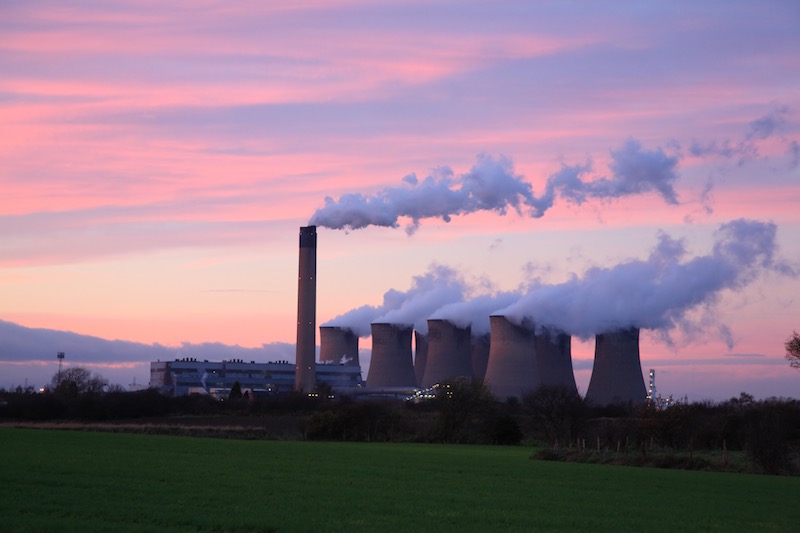Record Coal-Free Runs Ends After 67 Days

Coal power came back online on Tuesday evening for the first time since 9 April, ending the UK’s longer coal-free period since the Industrial Revolution after 67 days, 22 hours and 55 minutes.
Coal power only returned to the grid because Drax needed to conduct a series of tests on the coal units at its titular power station in Selby, North Yorkshire. The tests continued Wednesday, with coal making a minor contribution throughout the day, topping out a 1.33% of the country’s electricity at 5 pm.
A Drax spokesperson said: "Essential maintenance has been carried out on one of our coal generating units as is usual during the spring and summer months when demand is lower, and the coal units are not required to run.
"Following the completion of this work we need to make sure the unit is performing well, ready for the winter when demand for power increases and the coal units are expected to run. As a result, tests are being carried out now which require the unit to generate power.”
Four units at Drax power station, the UK’s largest, have already been converted to burn biomass. The two remaining coal units are scheduled to stop using coal next March, three years before the government’s 2024 deadline to phase out coal entirely.
With the end of coal-powered generation at Drax and the conversion of Kilroot Power Station in Northern Ireland to burn natural gas, the UK will have just two coal power stations by next year: West Burton and Ratcliffe-on-Soar, both in Nottinghamshire.
Coal’s contribution to the UK’s fuel mix has already dwindled in recent years, with coal power stations coming online only in times of exceptional demand and for load balancing. In total, coal generated just 2% of the UK’s power last year, down from 26.7% in 2014-15.
The 67-day coal-free streak was more than triple than previous longest run, 18 days, 6 hours and 10 minutes recorded last May-June. This year’s record was enabled by low demand, depressed by the coronavirus lockdown, and robust generation from renewables. The boom in renewable generation meant the power system reached a carbon emissions low, of 61 grams of carbon dioxide per kilowatt-hour (CO2/kWh) on Saturday, 23 May.
During the 67-day run, gas contributed 32% of the UK’s electricity, nuclear provided 21%, wind generated 16%, biomass and solar each produced 9% and hydro installations and storage supplied the rest.
National Grid announced last week that it expects to be able to operate the grid for hours at a time without any fossil fuels, including natural gas, by 2025. But gas-free hours will likely be limited to times of good weather, at least initially.
Read on our blog

With the government poised to implement tough new measures to...

Budget broadband provider TalkTalk has been notifying customers via email...

A year-long investigation by charity Citizens Advice has revealed a...

Education Secretary Nadhim Zahawi has announced a new commitment to...
